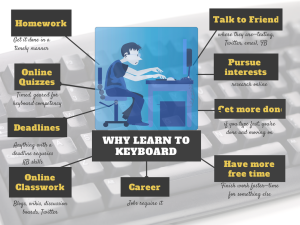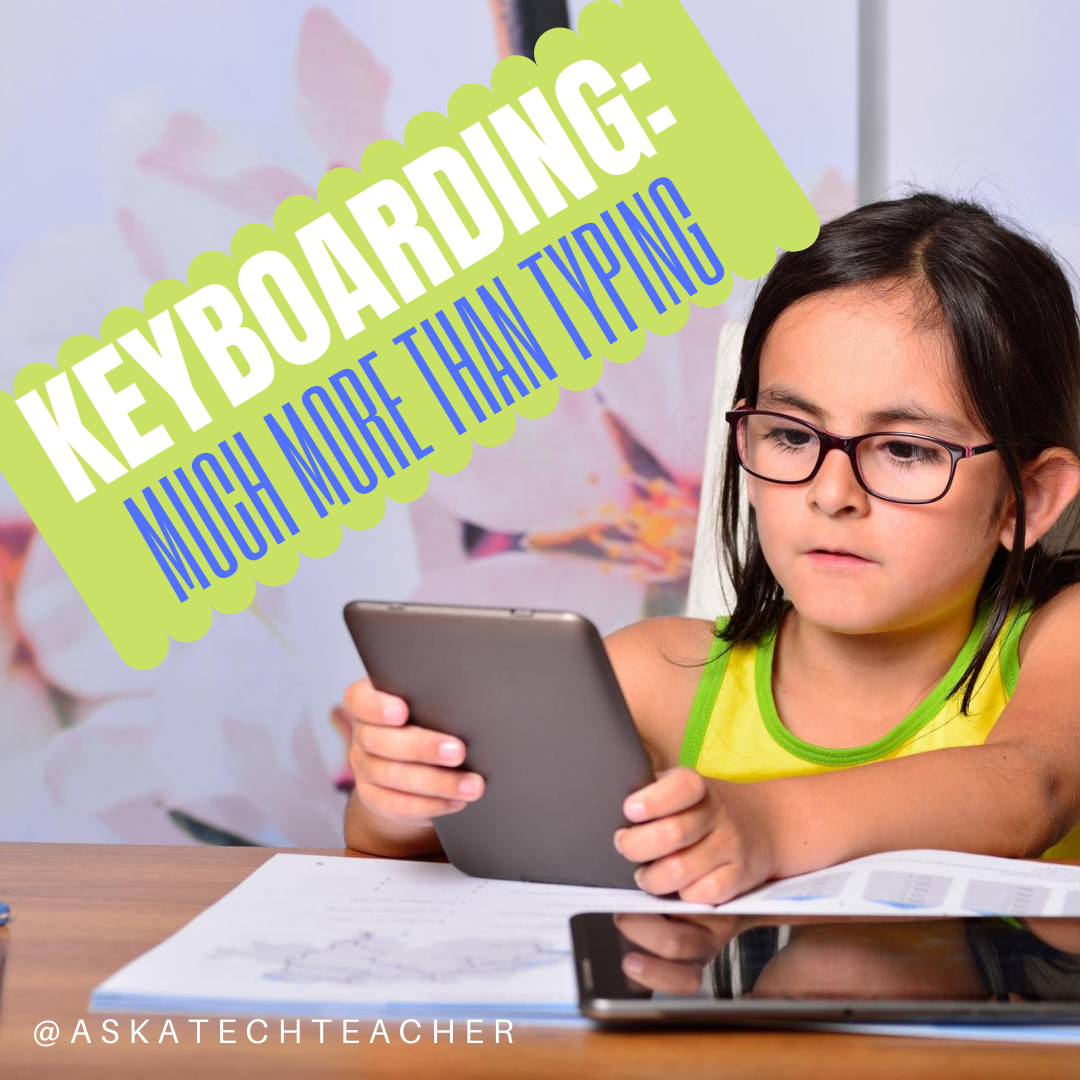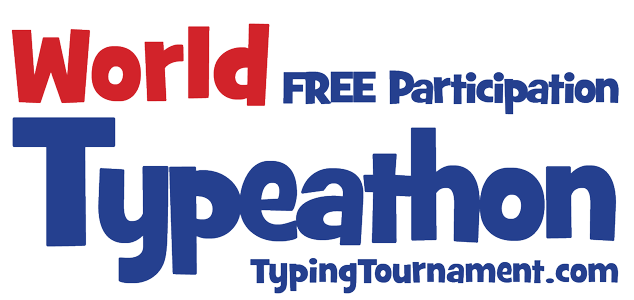 This topic that is close to my tech teacher soul. It has become a familiar argument between those who believe children intuitively learn to type (“see them on smartphones and iPads–they don’t need help”) and those of us who believe instruction makes them better, faster. Ask a Tech Teacher contributor, James Lovelock, discusses this:
This topic that is close to my tech teacher soul. It has become a familiar argument between those who believe children intuitively learn to type (“see them on smartphones and iPads–they don’t need help”) and those of us who believe instruction makes them better, faster. Ask a Tech Teacher contributor, James Lovelock, discusses this:
Explicit typing, simulated application and practical application – Why is this not a thing?
When it comes to education, there has always been a call for approaches that are more grounded in context. For example, you could just look at a map and do some measurements, or you can get out there with a trusty surveyor’s wheel and chart a space and learn real applications. It makes perfect sense to do this, practical application proves relevance and also allows for greater engagement.
Having said that, one would not do this without first explaining the concepts and practicing the basics of measurement. Yet all too often, when it comes to touch-typing that is exactly what occurs, students are expected to just ‘pick it up’ as they go along because the work required to develop the skill correctly can be viewed as “unnecessary,” “too time-consuming,” or “artificial learning.”
It isn’t particularly good reasoning but it is the sort of reasoning that has come about due to ICT skills in many cases being defined by their output, such as writing a report or creating a slideshow, rather than the underpinning skills such as typing or point-and-click being articulated. When looked at in this manner, it is like saying the walls of your house are the foundation rather than what is under your feet.
At times one gets the impression that such assumptions come from uncertainty when it comes to ICT skill development. An article on “the importance of ICT in the classroom” by a professional acquaintance of mine, Hayley Bertwistle, makes a similar point far more succinctly than I could and she is far from alone in making it. It is hardly unsurprising either, compared to when my siblings both did their teacher training in the late 90’s and early 2000’s when ICT units were elective, my training has ICT instruction as a compulsory element of my degree. The gap between our instruction has been created by increased recognition of the importance of ICT skills and access to devices changing from a few middle and upper-class homes to the vast majority of households.
Having said that, teachers (in particular primary) are already being pressured with an increasing array of outcomes they must address. A primary teacher can be teaching English, Maths, Dance, Geography, Music, Physical Education, Drama and then may have ICT expectations leveled at them regardless of their prior experience or knowledge in the area. It can feel overwhelming in that respect and that is why in some cases there is pushback or resistance, too much to do with an extra thing to add on top.
Despite that feeling, there are options.
Programs for typing are common with a wide variety of approaches and depth. The best present a balance of rote learning and simulated practical application while giving some form of tracking for progress that can be used to indicate strengths and weaknesses in performance to allow for targeted support where required. Typing Tournament Online, that I help administer, is one such program that is capable of satisfying those basic criteria and exceeding them.
Programs like this, help create a strong foundation for students to apply such skills in their use of ICT in the future. A student who can touch-type confidently and with high accuracy is going to type an essay far more accurately, effectively and without losing their coherence of thought which would otherwise occur if they had to stop and start between thinking about what they are trying to communicate and stumbling through the act of communicating it (through typing).
As someone who learned to touch-type back in the early 90’s with a similar program, I can now type over 80 wpm comfortably. This is because I had the advantage of explicit typing, simulated application and practical application all complementing one another. Two steps handled by the same program, the last through opportunities afforded to me by different teachers. With the right tool a teacher does not have to be an expert in typing yet can still be able to facilitate the opportunity for students to learn.
James Lovelock currently works for EdAlive Educational Software, a respected publisher of educational software in Australia, and oversees the provision of Typing Tournament to various institutions. Having previously worked as a Teacher’s Aide with students who have required technological support to effectively integrate their learning into mainstream environments, he is now nearly at the end of his secondary teaching degree through the University of New England. Previously published through the ACCE (Australian Council for Computers in Education), he maintains a keen interest in ICT implementation in the classroom that is authentic, engaging and effective for students of all abilities.
Jacqui Murray has been teaching K-18 technology for 30 years. She is the editor/author of over a hundred tech ed resources including a K-12 technology curriculum, K-8 keyboard curriculum, K-8 Digital Citizenship curriculum. She is an adjunct professor in tech ed, Master Teacher, webmaster for four blogs, an Amazon Vine Voice, CSTA presentation reviewer, freelance journalist on tech ed topics, contributor to NEA Today, and author of the tech thrillers, To Hunt a Sub and Twenty-four Days. You can find her resources at Structured Learning.




































